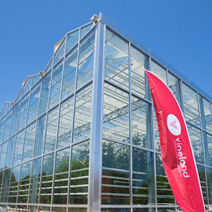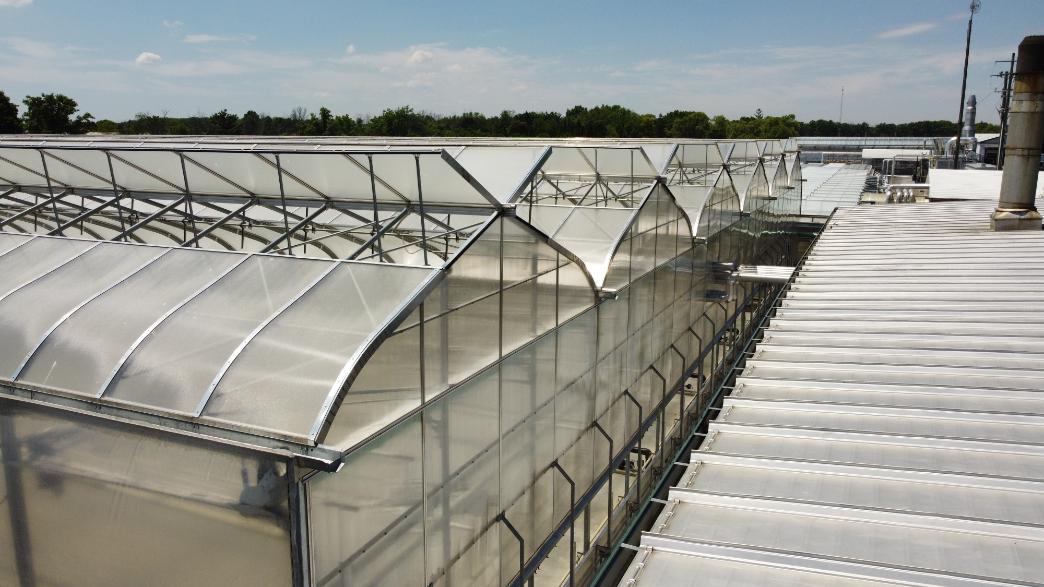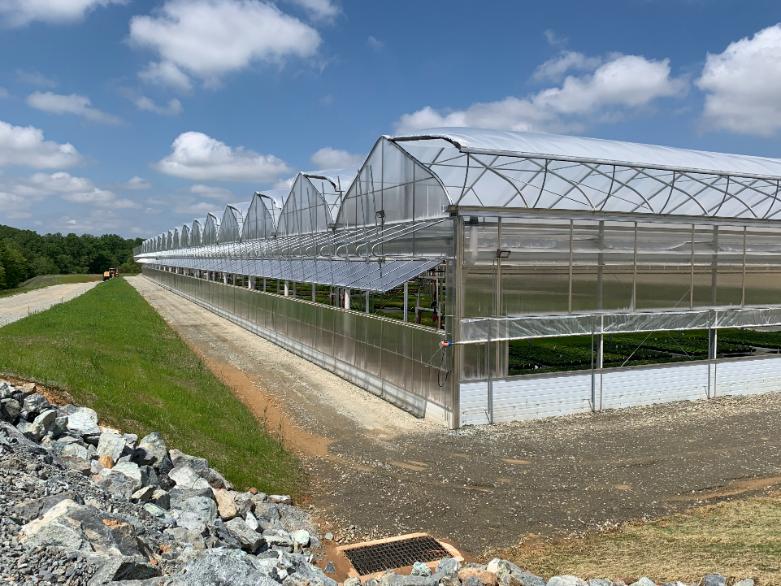Top Questions to Ask Yourself Before Your Next Commercial Greenhouse Expansion
If you could go back and re-design your existing greenhouse, how many changes would you make? How many of those changes would be minor ones and how many would involve major structural, heating or other mechanical changes? Avoiding this in your future expansion is easy; have a checklist of things you should have in your greenhouse now and incorporate them into the next build.
One major complaint that growers have in their existing operation is that they don’t have flexibility to adapt to the needs of a change in crop choice. If your greenhouse is designed for a cool crop with no need for blackout, and by necessity you need to accommodate a day-length sensitive, warmer crop, you are forced to make expensive changes, or to avoid drastic internal climactic changes that a crop can demand. What you have essentially done is to narrow the list of the crops that can be grown in your chosen environment.
Investment decisions that focus only on the past and the present rarely yield staggering returns. Remember this is a greenhouse built to last for decades, so what you want it to do 10 or 20 years from now is almost as important as what you need it to do in the next 5 years. With the changing economy and everything else that has happened in this industry in the last decade, who knows what choices need to be made in the future, don’t let your growing environment limit them!
To accommodate varying climactic conditions involves larger capital, but the expenses are far less to incorporate flexibility into a new build than to an existing structure. Have a look at the ROI possibilities and this may ease your decision making process! Here’s a quick list of questions that you need to ask yourself before your next expansion:
- What kind of structure will best accommodate my present needs and provide the flexibility that I may need in the future? What light levels will be best for the types of greenhouse crops I can grow, what range of air flow and ventilation will different crops grow best in?
- What maximum temperatures would I need to maintain to be flexible enough to keep my options open to other crops? Take a look at options like crop heat, rail heat, and under bench heat; would any or all of these be necessary now or in the near future?
- Would shading and or blackout meet any present or future needs?
- Would dividing the structure into individual zones add the necessary flexibility? Would these zones need their own separate heat controls?
- If supplementary lighting isn’t presently required, does it make sense for the future? This could be determined by looking at research into shrinking growing times for specific crops, and whether the install makes financial sense.
- What type of growing systems would make the most sense for the future? Will we be growing on the floor, on benches, containers, or hydroponically? Will you need a hanging basket system? The decisions on your growing systems are crucial as they influence so many other systems such as heat and irrigation.
- Your irrigation system should allow for future installations and should consider automated controls. You need to consider the following possibilities: Do you need to hand water, overhead watering, an irrigation boom, drip lines, hydroponics or would a flood floor make more sense?
- If the ultimate in crop flexibility is what you are aiming for, consider a cooling system. A cooling system can afford you the opportunity to grow cool crops in the warmer months as well but they do have their limits; for example a pad evaporative cooling system cannot operate efficiently over a distance of more than 150 feet. Look at the different cooling options and choose what works best for your structure.








